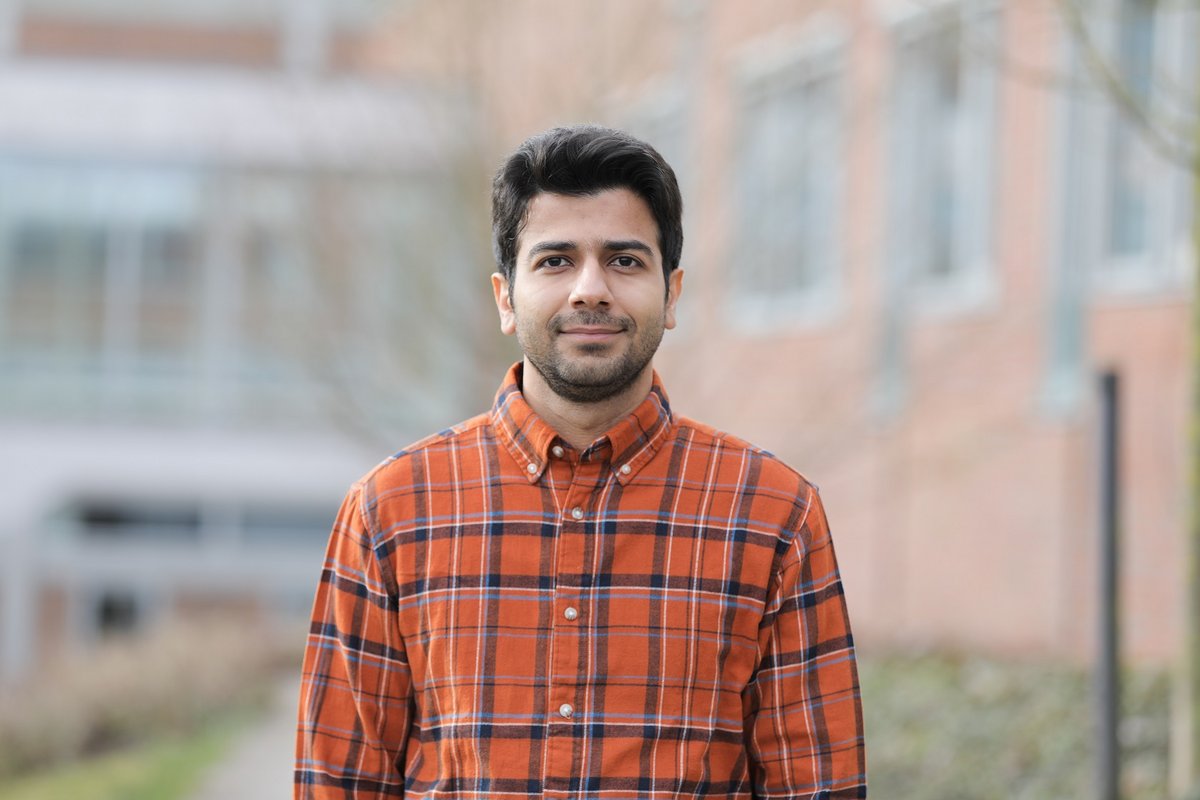Milad Hasani - PhD Scholarship 2022
Project summary:
Autonomous self-powered cardiac pacemaker without battery and wireless charging
Annually, more than 1 million cardiac pacemakers are implanted, which need battery energy for operation. This short-term energy source exposes patients to inevitable medical surgeries for depleted battery replacement. This project aims to develop a sustainable power source based on vibration energy harvesting to convert the kinetic energy of heart motion into electrical energy. This achievement enables the leadless intracardiac pacemakers for multi-chamber pacing and wireless synchronization.
Project title
Autonomous energy harvesting for powering heart implants and multi-channel wireless communication
Background
The long-lasting operation of implantable medical devices necessitates a sustainable power source. Currently, batteries are a common power source for implanted devices. However, the batteries’ limited capacity requires inevitable surgery for drained battery replacement, exposing health risks and even possible mortality to patients. The self-powered in vivo medical devices make a breakthrough in the treatment and medical industry.
Aim
This project explores a sustainable energy source for implantable pacemakers through energy harvesting from the heart motion's kinetic energy. This work mainly concentrates on powering leadless intracardiac pacemakers, sensors, and communication devices placed on the right atrium and ventricle for multi-chamber pacing. It is a specific objective in MultiHarvest to produce >10 μW electrical power within 0.5 cm3 energy harvester volume.
Methods
This project is implemented based on a two-stringed strategy with simultaneous development of both piezoelectric and hybrid designs with electromagnetic energy harvesting. This project explores an energy harvester (EH) rather than batteries for ICLPs.
Among the conventional energy sources for energy harvesting, the mechanical vibration source is considered for this application to convert kinetic energy of heart’s motion into electrical power. In this project’s first step, a preliminary FEM3 model of human heart is prepared through COMSOL Multiphysics to study heart dynamics and determine optimal location and orientation for ICLPs implantation inside the heart. Next, the proposed model is utilized to design an EH with optimal characteristics. Moreover, the EH prototype is constructed and studied through vibration tests in laboratory. Finally, the prototype is evaluated through an animal test to measure its performance.

Milad Hasani
- MSc
- Aalborg University, Faculty of Engineering and Science
Main supervisor:
Associate Professor Alireza Rezaniakolaei, Aalborg University
Co-supervisor:
Clinical Professor Sam Riahi, Aalborg Universitetshospital
Contact:
- miha@energy.aau.dk